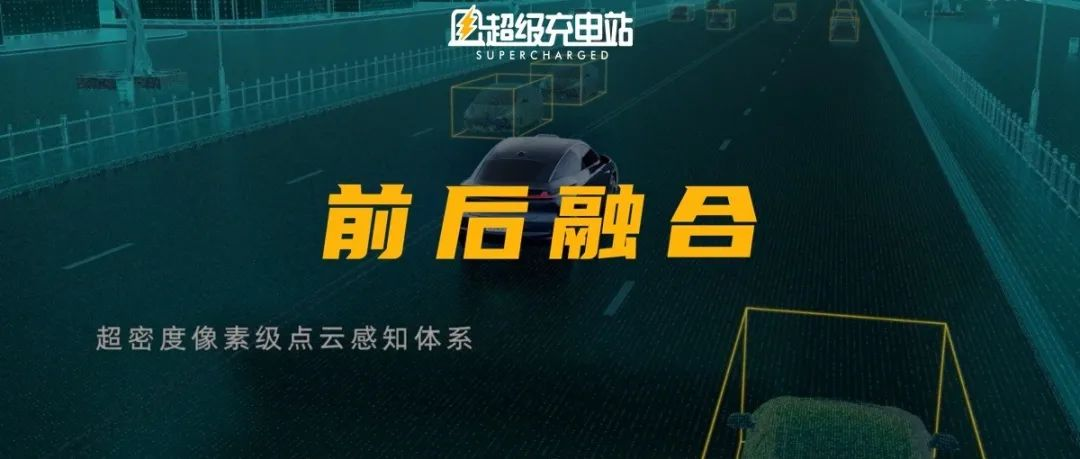Author: Fish and Chips
The round and round of the epidemic has pressed the stop button for the first 4A-level auto show in China this year, the 2022 Chengdu Auto Show, ahead of schedule.
Despite the tears, there is also good fortune.
We are fortunate that the epidemic ultimately can only hinder offline exhibitions and delay project progress, but cannot stop the Chinese auto industry from advancing towards intelligent driving. 2022 will also be a year of vigorous growth for Chinese intelligent driving.
In the development of intelligent driving this year, if the theme of the first half of the year was high-end intelligent driving hardware represented by Lidar, then the theme of the second half of the year should be intelligent driving software.
For example, FOTON Motor Group has just released its first fully integrated high-end intelligent driving system, RISING PILOT, at the Chengdu Auto Show.
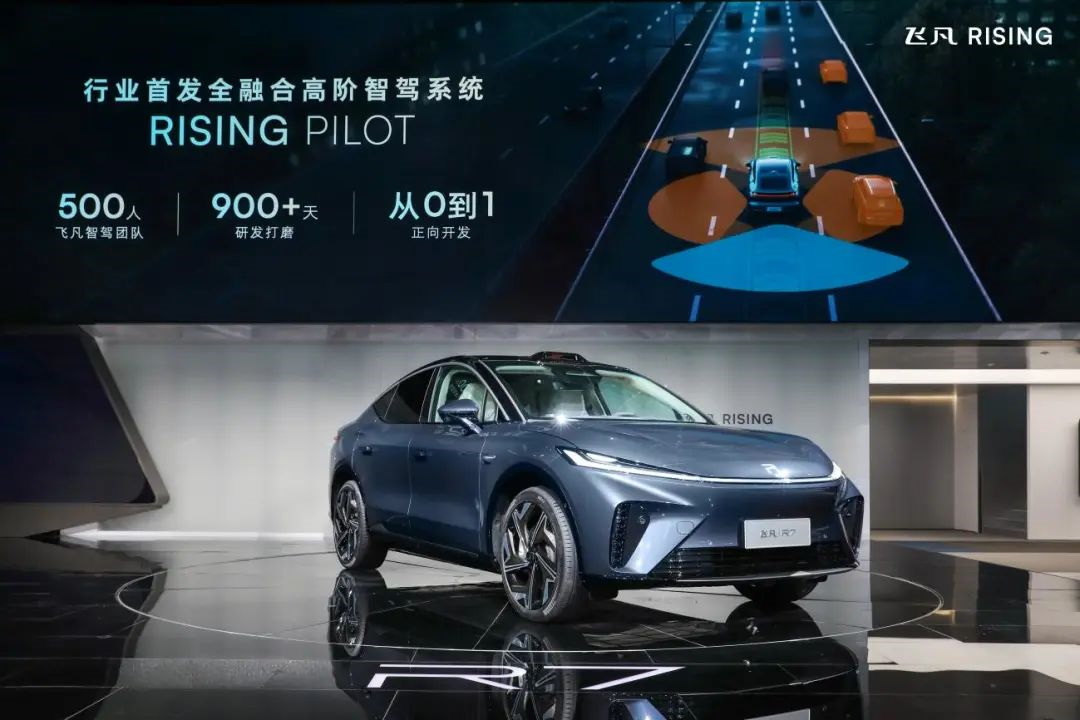
We are still fortunate to have had the opportunity to interview FOTON executives on the first day of the Chengdu Auto Show, thanks to our “Super Charging Station”, and to learn more stories behind RISING PILOT.
An Interest Sparked by the “Single Pedal”
In my memory, the last time I heard of FOTON was over five months ago.
At that time, FOTON had just announced the R7 intelligent driving hardware, which included 33 perception hardware, including one Luminar 1550nm Lidar and two Premium 4D Imaging Radars, with NVIDIA Orin X intelligent driving chip, which can be considered the first tier of intelligent driving hardware among this year’s new cars.
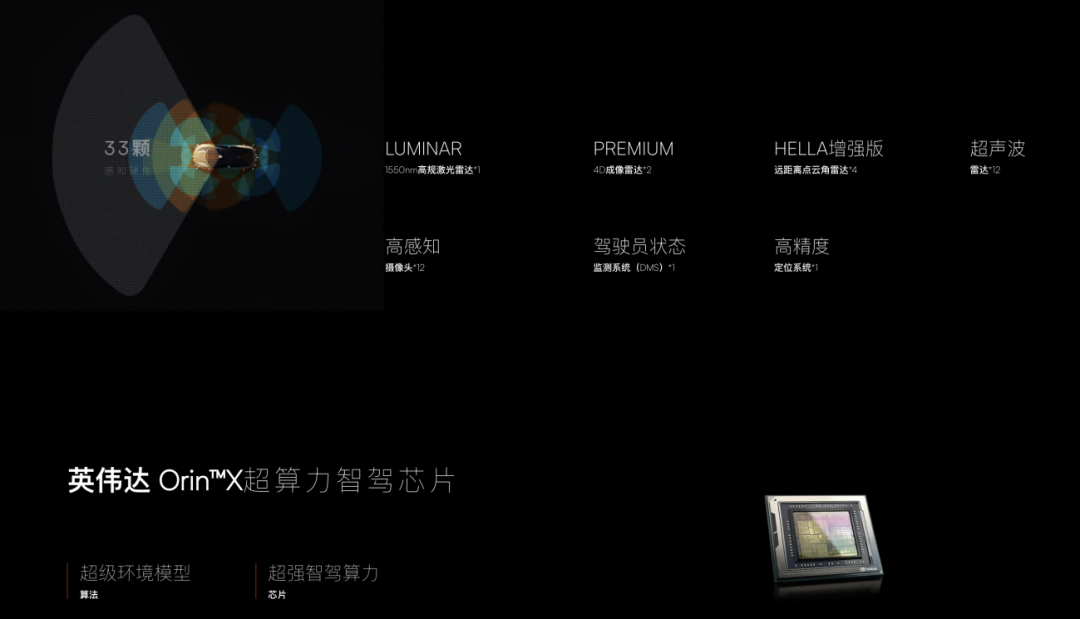
And then, like many traditional automakers’ new energy brands, the company experienced a fleeting moment of fame, followed by a period of silence. Perhaps just another flash-in-the-pan brand?
The first topic of this communication session, however, shattered all my doubts about FOTON.
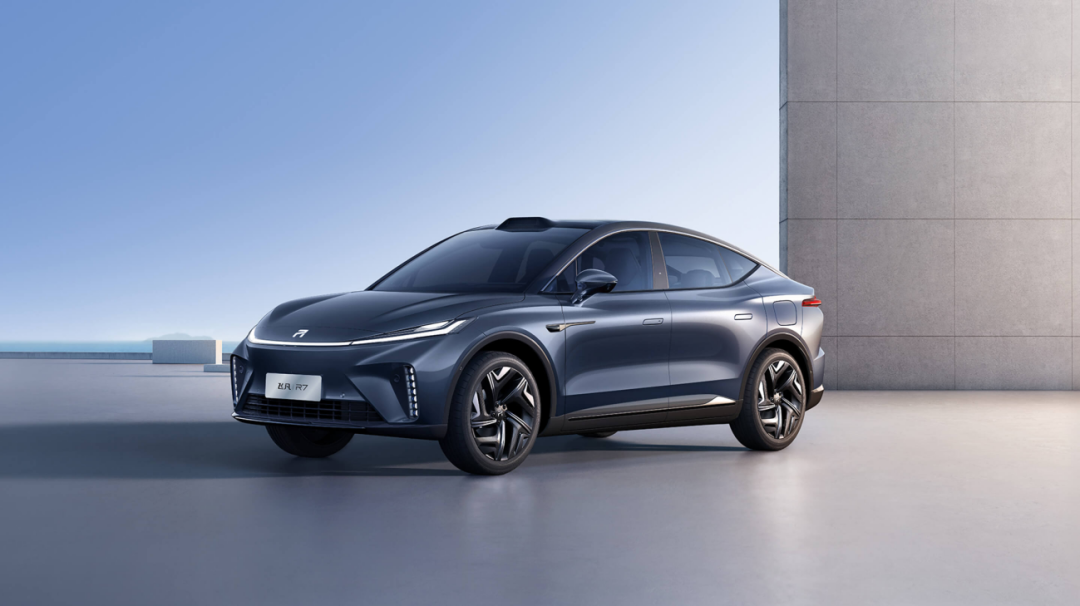
A colleague from the media had already test driven the FOTON R7, taking advantage of Shanghai’s local geography. He mentioned that as a very deep single pedal user, he thought that the single pedal logic on the FOTON R7 might be the best in domestically produced new energy vehicles.
 It’s not a coincidence that, as someone who also suffers from “one-pedal addiction” in the later stage, I have found that many domestic new forces of one-pedal kinetic energy recovery can only be maintained at a speed of about 10-15km/h, and when slowing down, because the kinetic energy recovery brake force of the motor is already very weak and the braking system has not intervened, even though it is called “one-pedal,” I still need to put my foot on the brake pedal to stop the vehicle when I need to brake.
It’s not a coincidence that, as someone who also suffers from “one-pedal addiction” in the later stage, I have found that many domestic new forces of one-pedal kinetic energy recovery can only be maintained at a speed of about 10-15km/h, and when slowing down, because the kinetic energy recovery brake force of the motor is already very weak and the braking system has not intervened, even though it is called “one-pedal,” I still need to put my foot on the brake pedal to stop the vehicle when I need to brake.
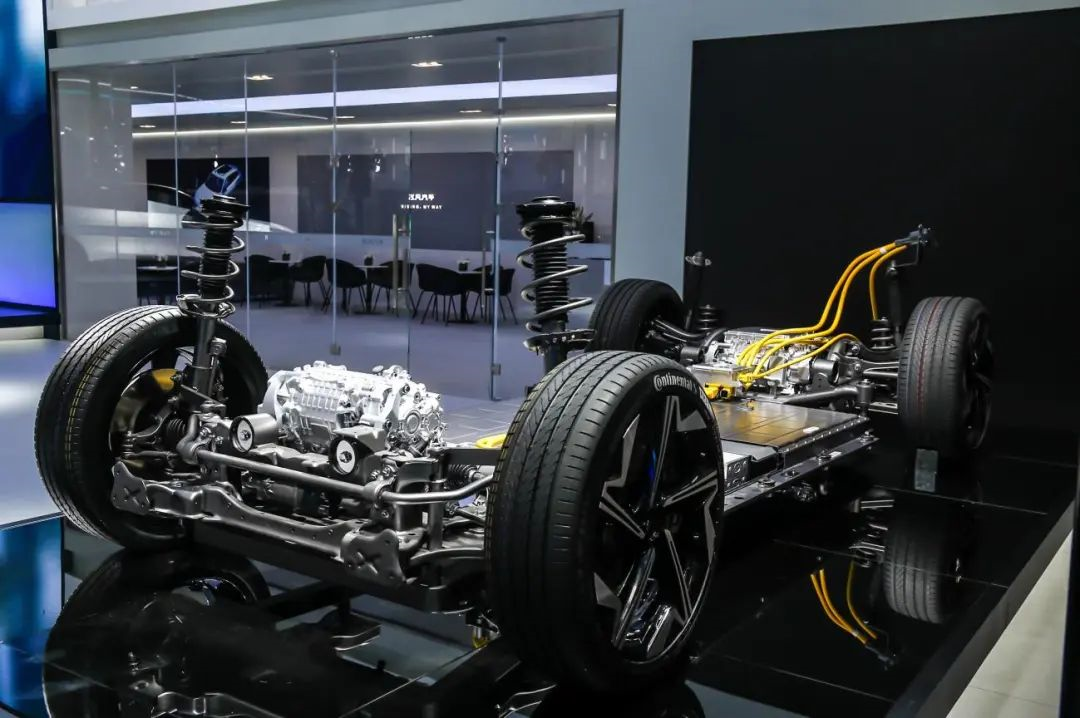
However, it is said that the Flyin R7’s kinetic energy recovery, mechanical brake, and parking brake are all seamlessly interconnected. This has aroused my interest. On the one hand, I also want to try whether the one-pedal of this car is really so smooth; on the other hand, Flyin has invested time and effort in a technical detail that most automakers are not willing to do, but which actually has a significant impact on the user experience, which means that this is a brand that has self-pursuit of technology.
A high-level intelligent driving system RISING PILOT self-developed by a technology-oriented brand should also be something, right?
What is full fusion?
The algorithm system of intelligent driving involves many boring and advanced mathematical knowledge, which has always been a deep water area that consumers find difficult to reach and understand. Previously, we have heard of “front fusion” and “rear fusion,” so what does Flyin’s “full fusion” mean?
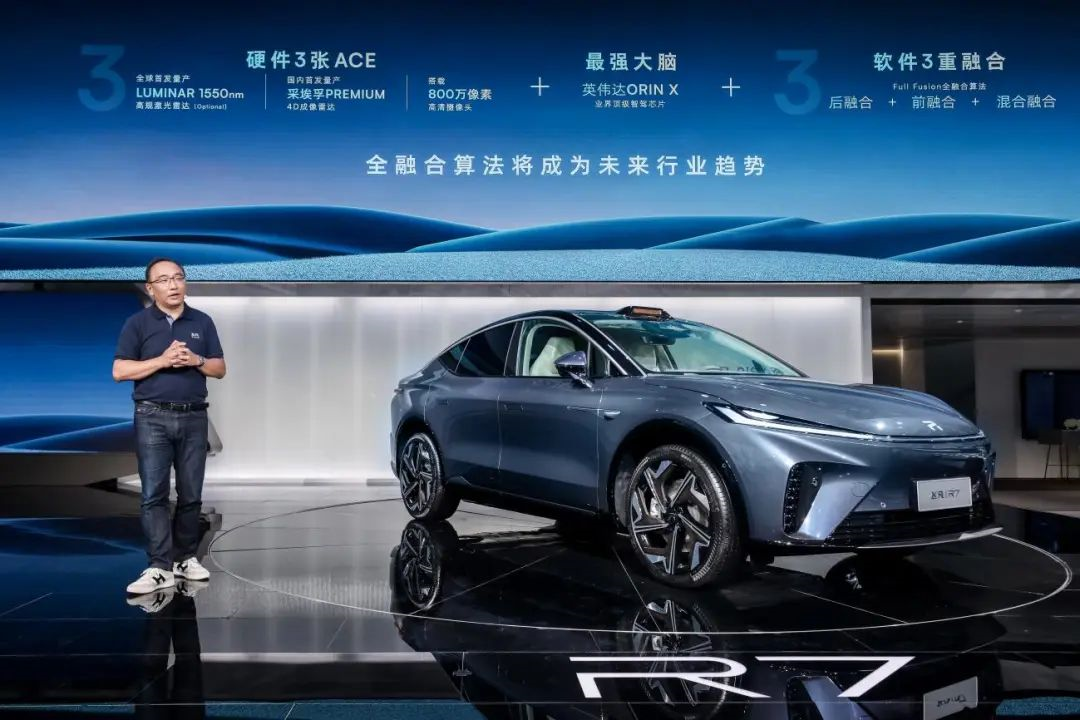
In short, “full fusion” is an “upgraded fusion” of “front fusion” and “rear fusion.” Then the question comes again, what is “front fusion,” and what is “rear fusion”?
As we know, current high-level intelligent driving solutions have basically taken the route of multi-sensor fusion. Flyin has given a very easy-to-understand example.
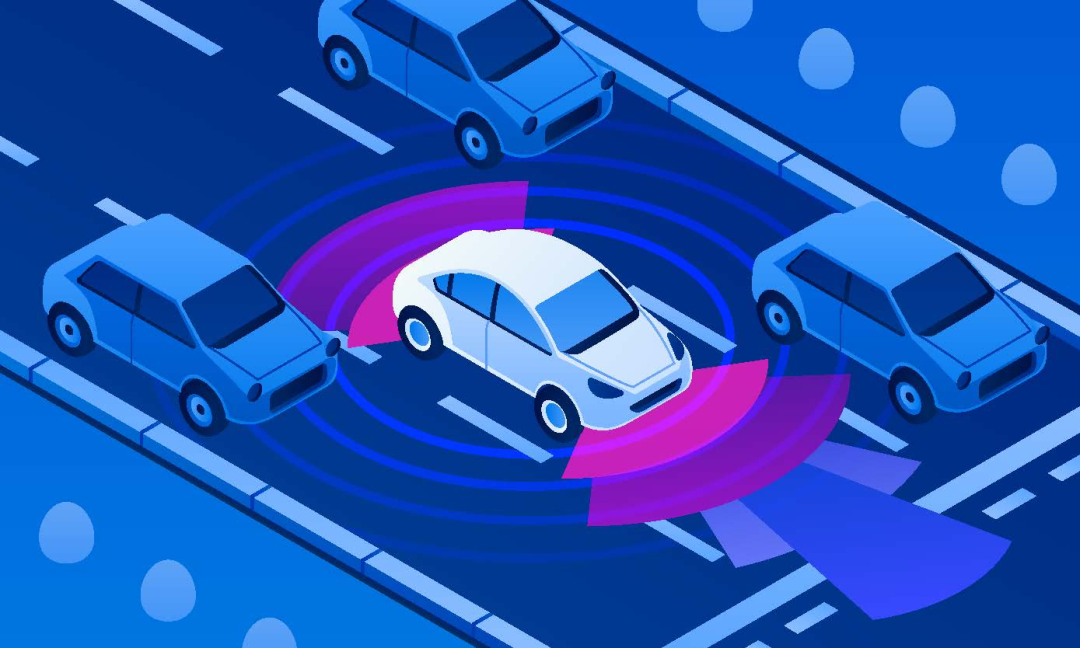
The so-called “front fusion” is to detect objects by various sensing hardware first and then consolidate the data to the computing chip to draw conclusions based on comprehensive information.
Let’s take Professor Chang’s Corgi as an example. The LiDAR detects a moving object 200 meters ahead; the imaging radar detects how fast the object is moving, its trajectory, the corner radar can sense its specific shape, and the high-definition camera can capture a yellow-and-white little guy. After the information is consolidated and analyzed by the computing chip, it is concluded that this is a corgi.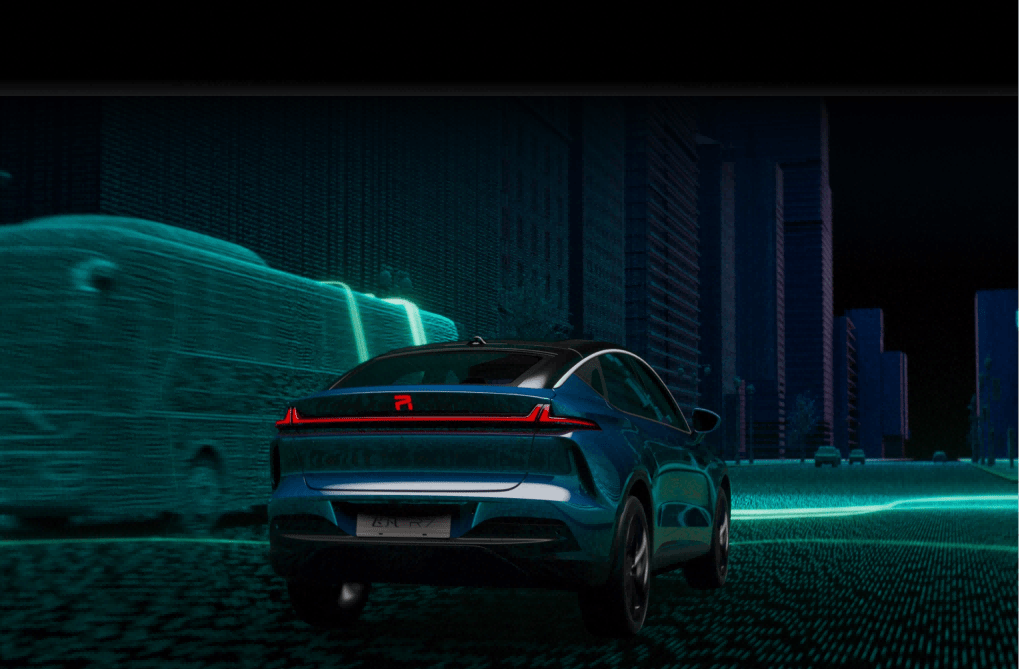
The “pre-fusion” solution is a conclusion based on the integration of raw data from various sensors and has higher accuracy.
As for the “post-fusion” solution, the order of perception and decision-making has been rearranged.
Take the corgi dog as an example again. The imaging radar determines with 85% possibility that it is a moving dog; the angle radar determines with 80% possibility that it is a dog; based on the point cloud scanned by the LiDAR, the LiDAR determines that the object is likely to be a corgi with 90% probability; the high-definition camera sees a short object, and there is a 46% chance that it is a roadblock or a barrel. The computing chip summarizes these different judgments, and determines that it is probably a corgi.
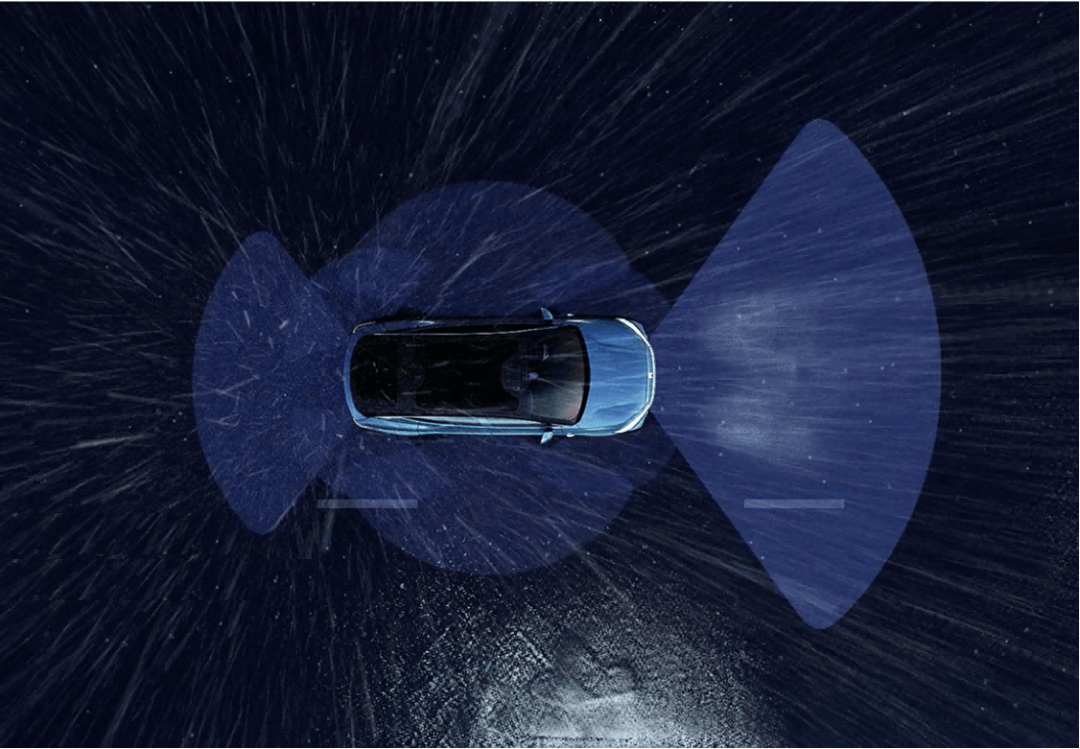
The “post-fusion” algorithm is to first let each sensor make a corresponding judgment based on its own perception data, and then combine these judgments to obtain a result through the computing chip. This method allows each sensor to share part of the judgment work, thereby improving overall efficiency.
The “full fusion” method incorporates the advantages of both the high accuracy of the “pre-fusion” solution and the high efficiency of the “post-fusion” solution, achieving a win-win situation for accuracy and efficiency.
Honesty Makes Trust Easier
From a God’s-eye view, Fei Fan’s approach of combining the advantages of the two previous solutions is undoubtedly clever. Leaving aside whether the final result can “take only the strengths and leave the shortcomings,” such a task requires huge human resources.
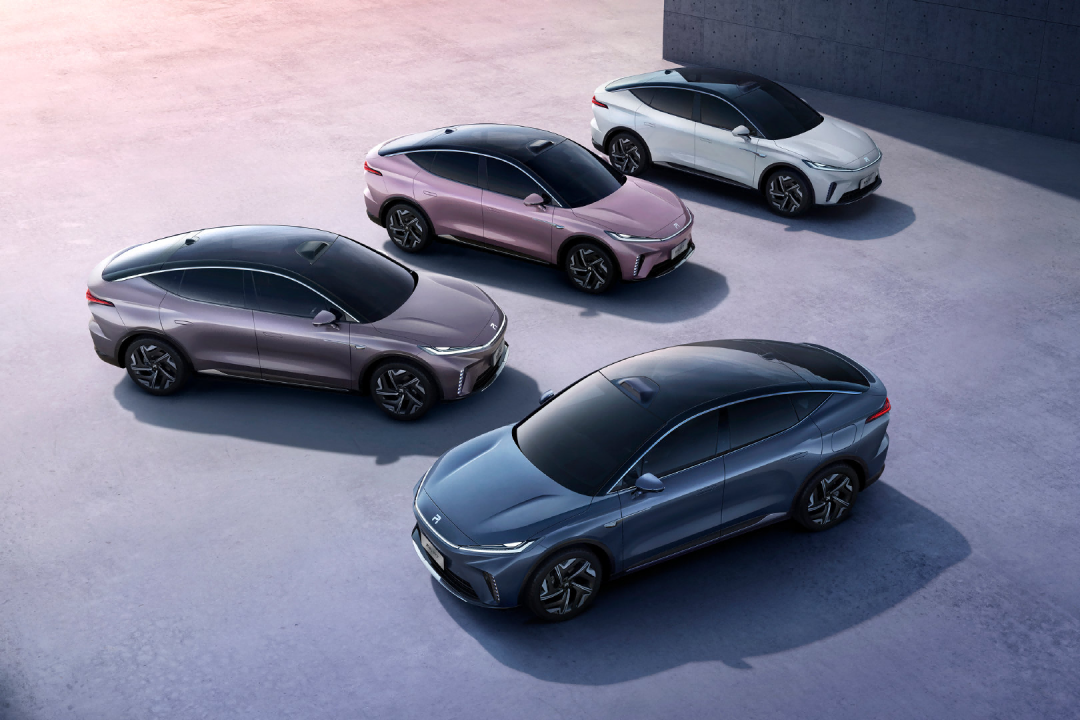
Regarding the size of the development team, it was previously rumored that Fei Fan has a self-developed smart driving team of more than 1,000 people, which is even larger than the recognized top smart driving developer, XPeng Motors. Hu Xiaofan, the chief product officer of the Fei Fan Intelligent Driving Co-creation Center, gave a very honest response.
“More than 1,000 people include test personnel deployed in various cities. In fact, there are more than 500 actual developers.”
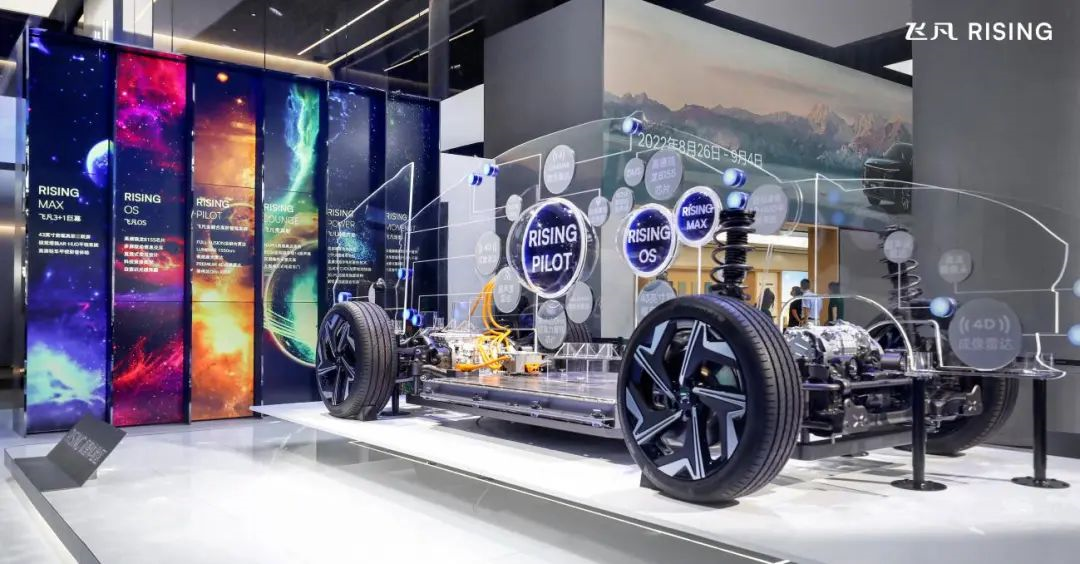
Honestly speaking, in the current internet atmosphere prevalent in the smart driving industry, “reducing one’s own value” is a relatively rare situation. However, this honesty is very easy to attract attention and gain popularity, and precisely because of her honesty, we are more willing to believe what she says behind it.
“Software-defined cars, and hardware defines the ceiling of software. Our team has actually gathered high-quality hardware and software in the industry and spent more than two years to complete the full fusion of advanced smart driving.“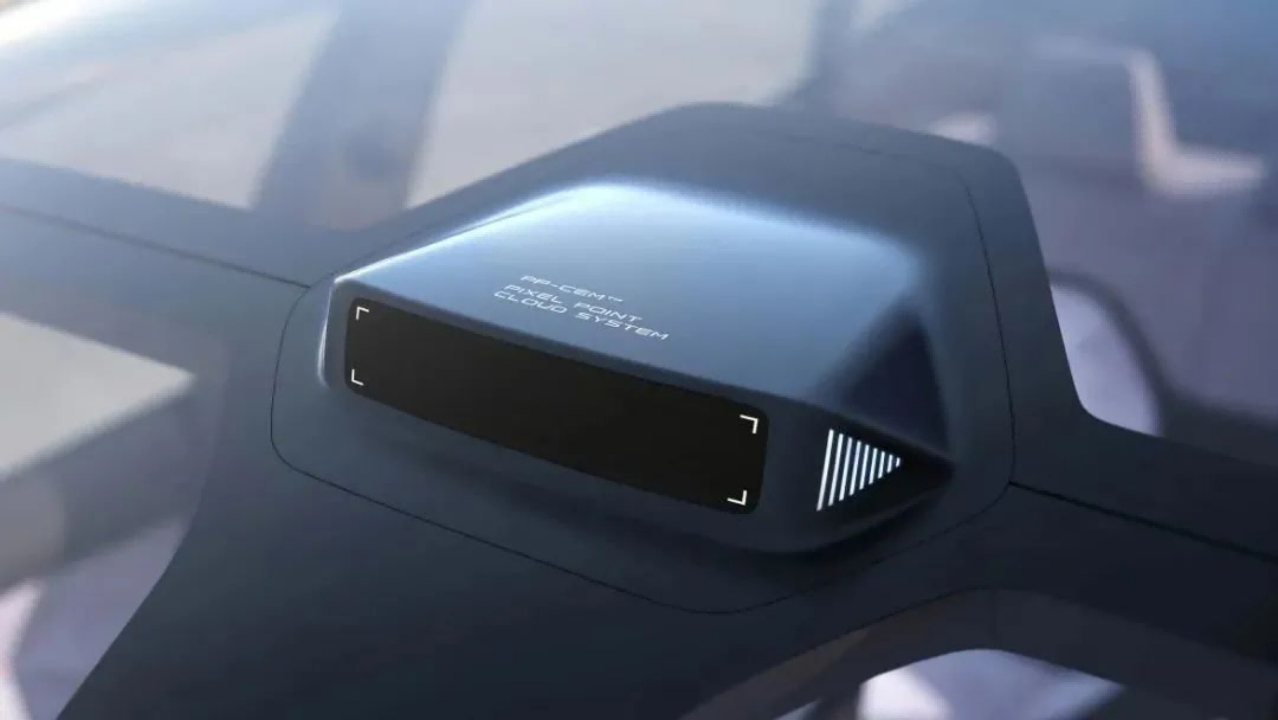
And for Hu Xiaofan, who claims to be a “research and development paranoid,” she has her own interpretation based on the concept of control and user experience.
“We have restructured the scenes in our products, opened up perception fusion, and all algorithms are our own. From the formulation of the program to the writing of the fusion algorithm, from each line of code to billions of lines of code, everything is done by ourselves. Only our own things can achieve differentiation, and timely updates can be made when users complain, so as to have better user stickiness,” she said.
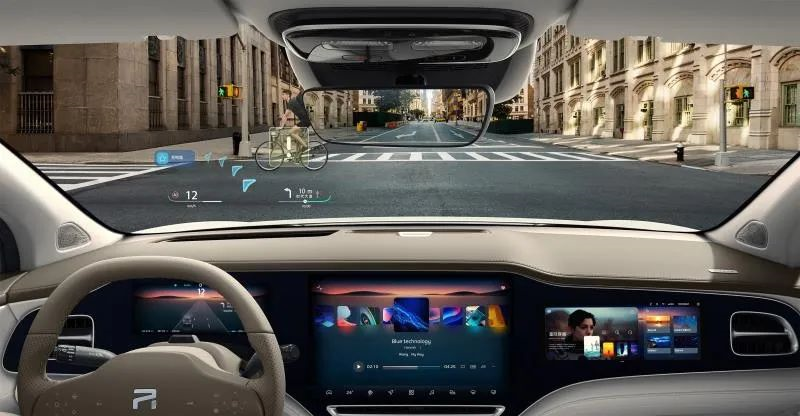
Hu Xiaofan’s attitude reflects the issue of the timeliness of rectifying user feedback for international first-line suppliers, on the one hand, and also reflects Fei Fan’s desire to bring customers a useful and controllable intelligent driving system on the other.
This can also be felt from the high-end perception hardware used in Fei Fan R7, such as Luminar’s lidar and Premium 4D imaging radar. Although high-end hardware has higher costs, it also obtains more accurate perception.

Hu Xiaofan gave a special scenario example. For example, on a ramp, RISING PILOT can not only recognize lane lines but also recognize road edges. This recognition of road edges comes not only from vision but also from the assistance of lidar imaging modeling. The finer granularity of environmental perception provides a more precise judgment basis for driving control and decision-making, enabling real-time recognition of road conditions and safe lane changes and merging on ramps.
Regarding the honesty of his own team, Fei Fan Automotive CEO Wu Bing pointed to the opposite exhibition hall and made a joke about the friend across the hall who had been working on intelligent driving for two years with a team of 500 people but didn’t say anything.
“Frankness is also Fei Fan’s values and corporate culture,” Wu Bing said.
“We want reputation, not slogans. We want to make big brands but not make big mouths,” he added. Compared with Hu Xiaofan’s shyness, one can see from his many taunts at competitors that Wu Bing, as the helmsman of Fei Fan, shows more fighting spirit.
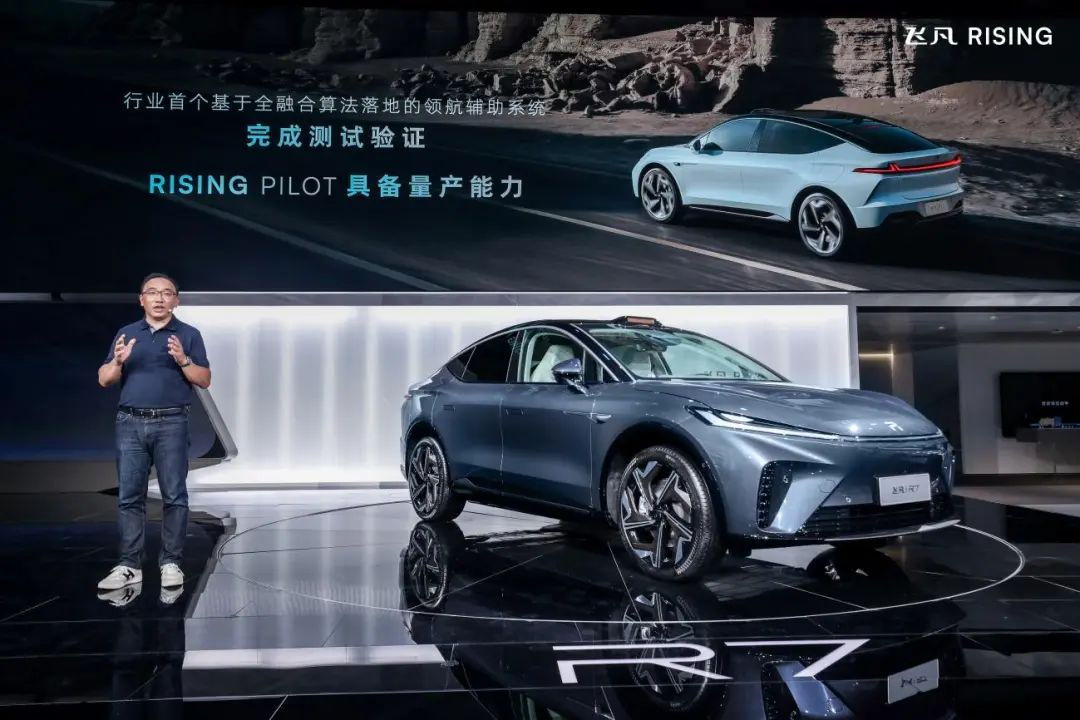
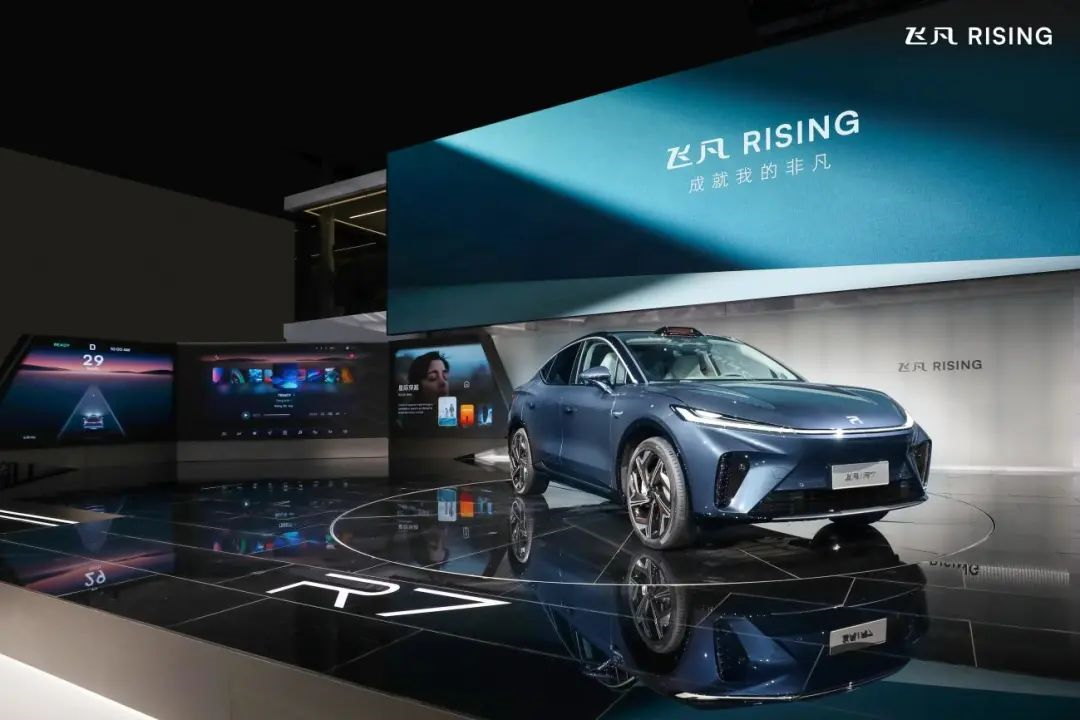 From the current status of FEY’s development, the combativeness of the team is a good thing since FEY is facing some pressure at the moment.
From the current status of FEY’s development, the combativeness of the team is a good thing since FEY is facing some pressure at the moment.
Firstly, the epidemic has impacted the delivery schedule of FEY R7, as the general manager of FEY’s User Development Center, Liu Chen mentioned. However, FEY has been striving to do what they can such as opening up basic Level 2 functions and high-speed navigation when delivering R7, as well as launching advanced automatic parking within a few months.
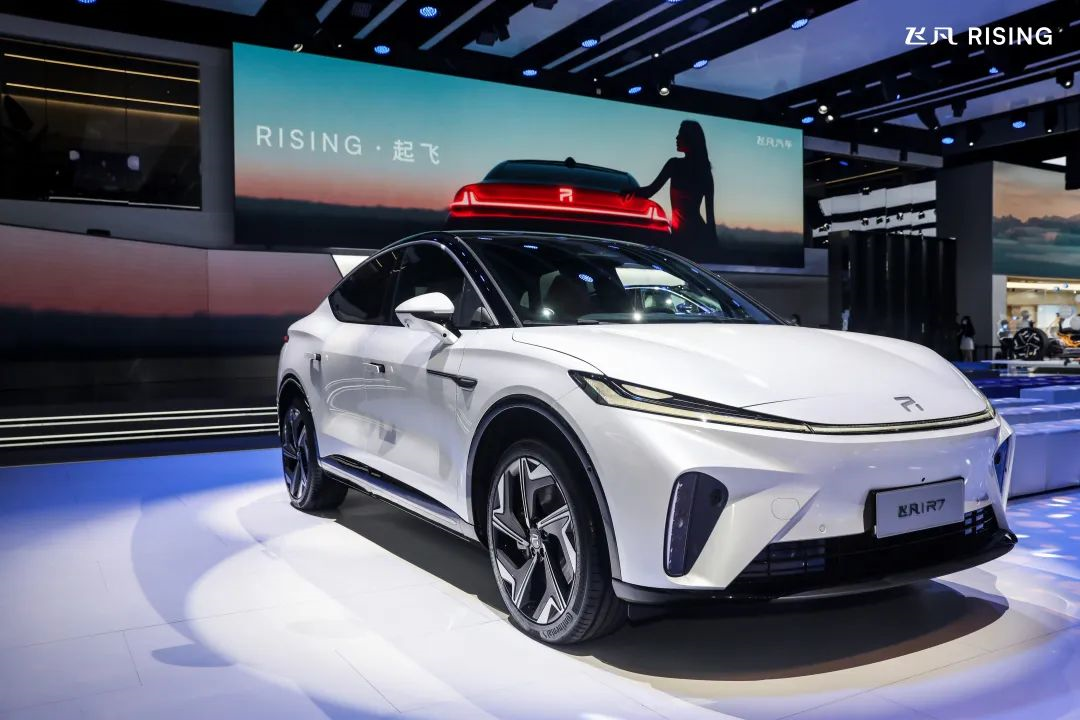
Secondly, as mentioned at the beginning if FEY R7 is indeed a good product, FEY needs to have a higher frequency of communication. While focusing on product development is certainly important, it’s equally important to speak when necessary. Wu Bing said, “Recently, I’ve also been following the online content related to R7, and someone said FEY’s marketing department has started working. I told them that they’re not starting to work, but rather have been preparing for a long time.” Having a positive attitude is the first step, and as media, we look forward to the next step of being fully prepared.
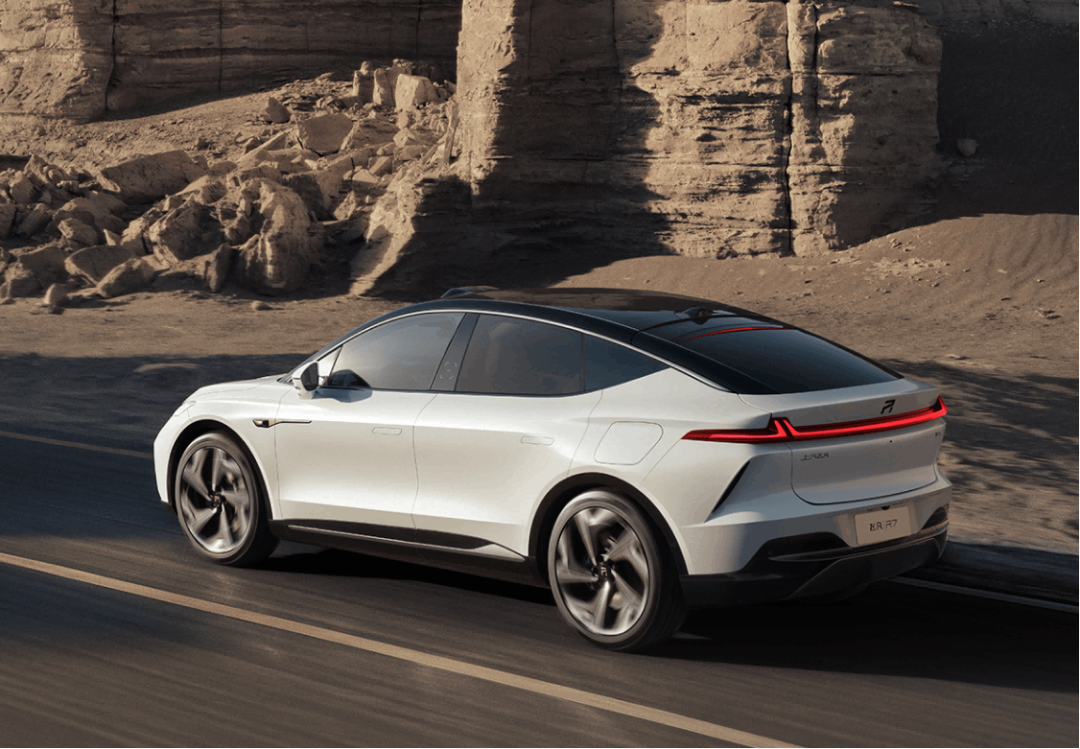
Thirdly, it’s about the future development. FEY must release at least one new product per year for the next 3-5 years. Besides the R&D work, the various work pressures brought about by “multitasking” such as promotion, sales, and after-sales, will continue to be piled up on the FEY team.
Since the battle has already begun, they must fight to the end.
From the expressions of Wu Bing, Liu Chen, and Hu Xiaofan, we can roughly sense their confidence in RISING PILOT.
The next move of this battle will depend on how they launch the inaugural test of RISING PILOT.
This article is a translation by ChatGPT of a Chinese report from 42HOW. If you have any questions about it, please email bd@42how.com.
